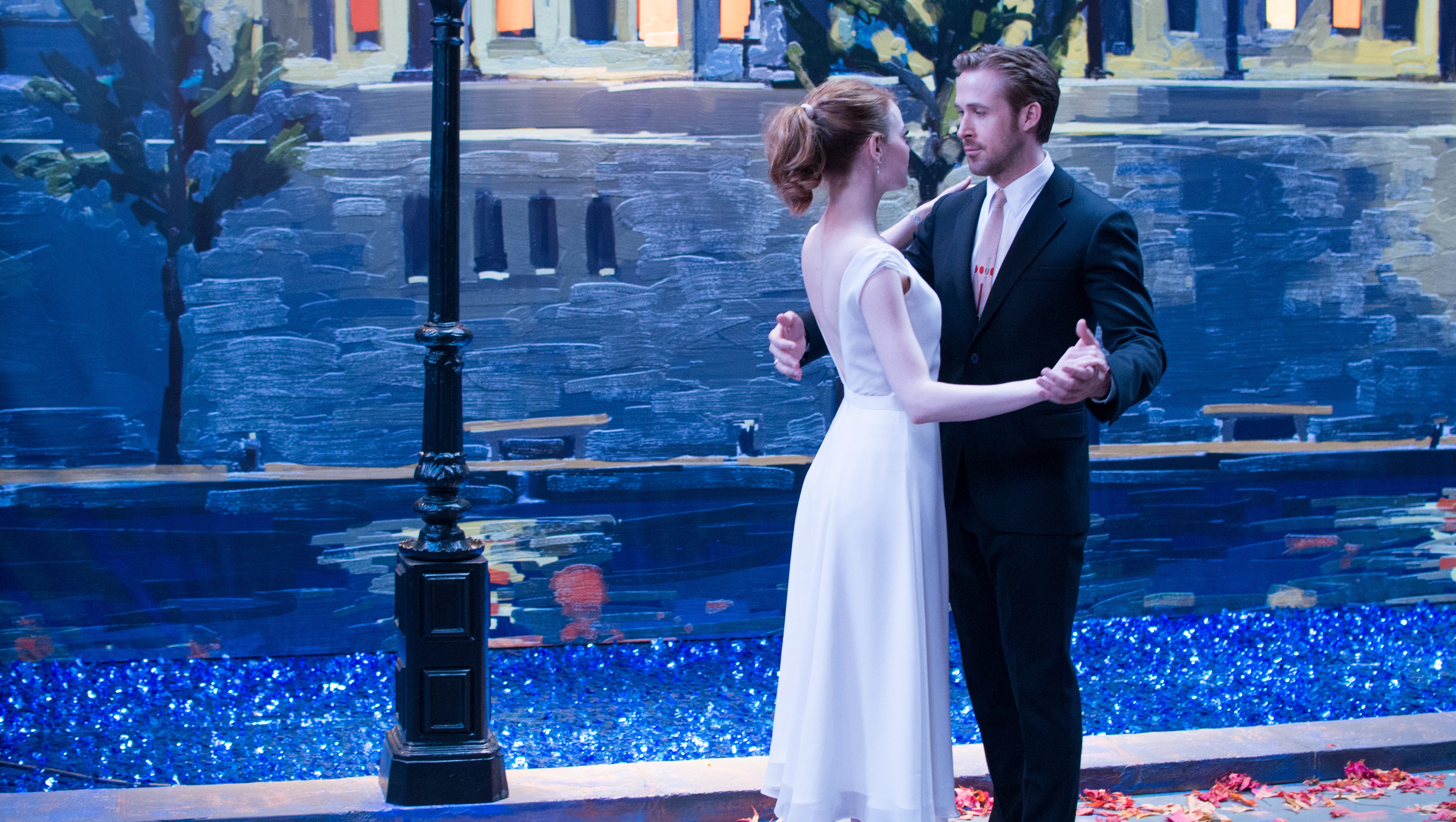Film Scene Analysis: “La La Land” Final Scene
Arts
2023/04/23

1
04/23/2023
In the film La La Land (2016), director Damien Chazelle uses close up shots and pans to portray the progression of the sentiments of the characters Mia (Emma Stone) and Sebastian (Ryan Gosling), who coincidentally met a few years after parting their ways and finding success in their own careers in the scene.
The scene starts off by showing the reminiscence of Sebastian as he plays the piano in his own jazz club named “Seb’s,” which Mia named when they were seeing each other. The scene uses medium shots to portray the characters in Sebastian’s imagination of being together, and slowly fades into each following imagination. By using medium shots, the scene matches the overall theme of the movie by making it seem like a reality, as Mia and Sebastian’s imaginary moments that include them becoming a family and having a child are shown as medium sized images to the audience.
As the scene progresses, the imagination of Sebastian intersects with reality, as Mia and Sebastian are seen entering Seb’s. Damien Chazelle uses a medium / long shot in this scene at first to portray the two walking in the jazz club to make it seem as reality, but slowly zooms in as the camera pans toward where Sebastian actually is at, playing the piano. The medium shot slowly pans into the jazz club and transitions into a POV shot, making the audience feel as if they are alongside Mia and the other guests at the club.
Finally, as Sebastian’s performance comes to its final moments, the camera gradually pans towards Sebastian and zooms into his hand, showing the slowing of motion. This marks the end of Sebastian’s performance, but also intensifies the scene through making the audience anticipate what will happen next in reality as Sebastian ends his imaginary journey and realizes that he is back in reality. The director uses an extreme close up shot when the camera depicts Sebastian’s slowing hands, which continues until it shows Sebastian’s face slightly dimmed with the dark blue lighting of the background.
Through the extreme close up on Sebastian’s facial expressions during this scene, it shows Sebastian’s emotions in a more meticulous way that the audience feels sympathy about, especially due to the fact that Sebastian does not show much of a change in his facial expressions to signify his sense of regret and reminiscence of what could have happened.
The scene reaches its end with the camera zooming out to a medium shot while panning to show the guests leaving or moving around, while showing Mia and his husband leaving the jazz club. Once again, Damien Chazelle uses an extreme close up shot right before Mia leaves, when she turns back to make eye contact with Sebastian. The camera depicts Mia and Sebastian’s facial expression once at a time through transitioning to each other in extreme close up shots, making the audience anticipate their interaction and reunion. This extreme close up shot lasts a few seconds until each of them smile, showing that they are happy for each other and making relief for the audience and a sense of a nostalgic emotion as the camera finally fades into darkness.
Robinson Review Favorites
Songi Chai, Yubin Cho, Seohyun Jang..
Arts

Trending on Robinson Review
Robinson
Contact Us






